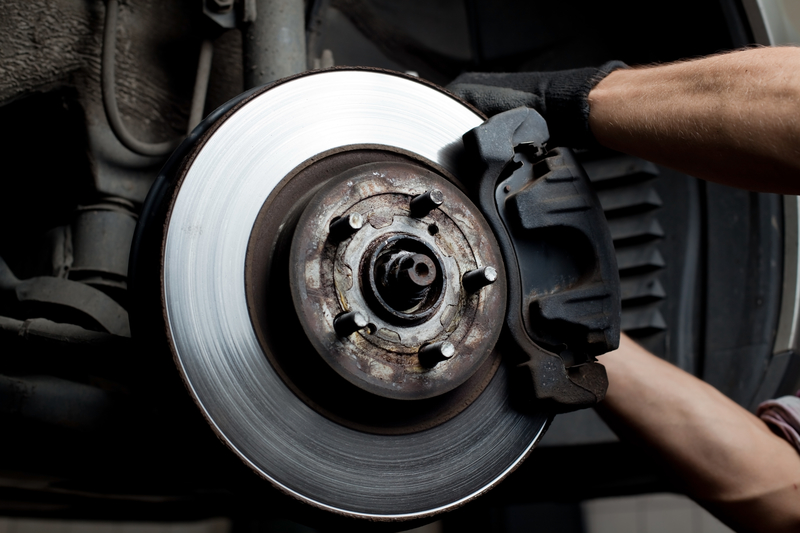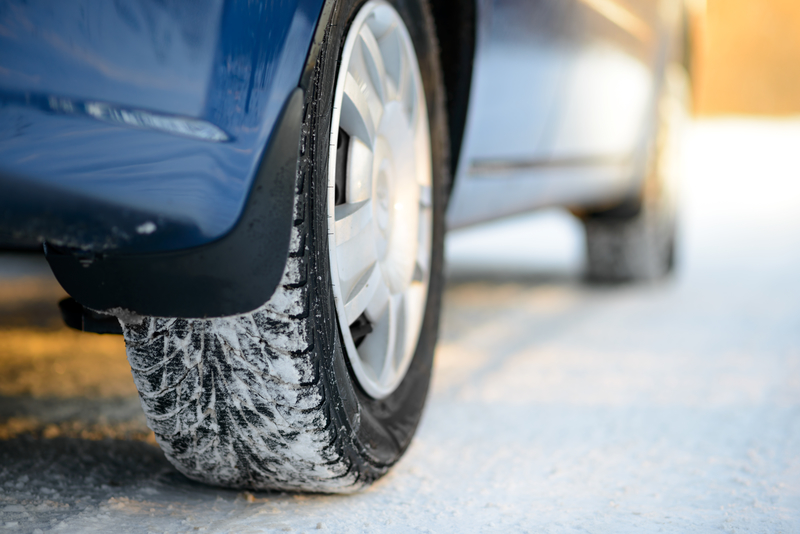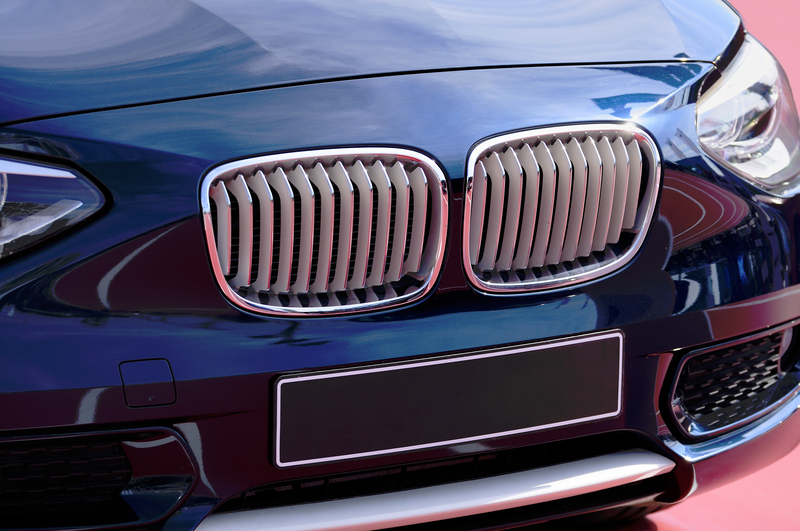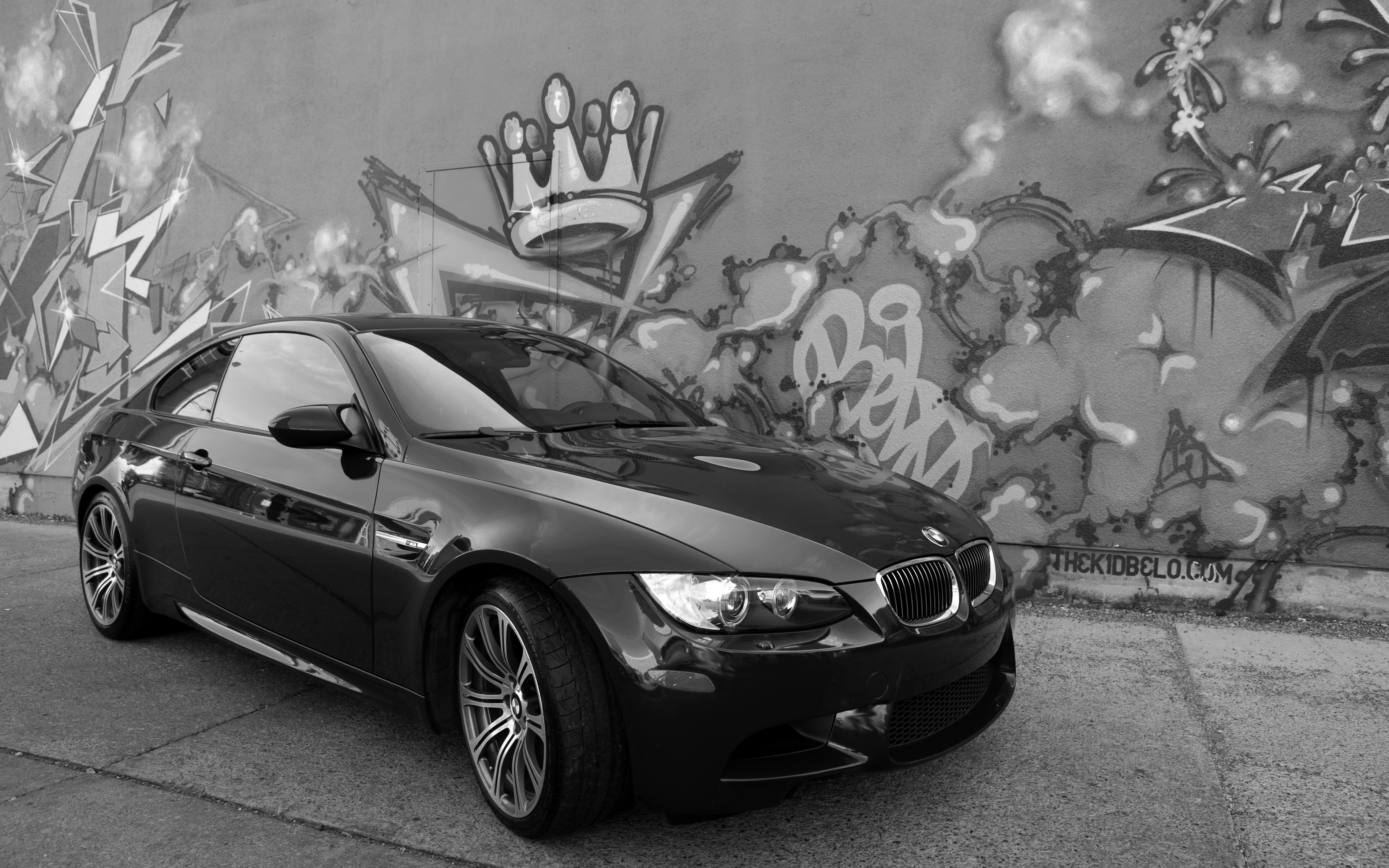The sounds that a vehicle makes can tell you a lot about its condition. Cold temperatures make mechanical noise even more common than usual, especially when it comes to your brakes. There are a few different things to listen for, and it’s important to know what they could mean.
Screeching and Scraping
Out of all the forms of brake noise you’re likely to experience, these are probably the most common. They tend to be characterized by either high-pitched squealing or long, dragging scratches. Screeching and squealing can be caused by a wide range of culprits, from accumulation of residue to a worn brake pad. Scraping could be the sound of a chunk of debris obstructing the space between the pad and the drum or rotor. However, you could be hearing the wear indicator, a piece of metal which grinds against the rotor to warn you when your pads have reached their demise. In this case a replacement is necessary as soon as possible.
Thumping
This can sometimes be a tricky one to figure out. It’s not nearly as common as screeching and scraping, but it’s still very much worth your attention. It’s characterized by a more rhythmic vibration or thud rather than a long, piercing squeal. It often comes from the rear, but this can vary depending on your vehicle. More likely than not, it’s due to a warped rotor or drum. When this part becomes misshapen over time due to excessive braking and accumulation of heat, its surface becomes more irregular, preventing it from rotating smoothly. When you hear that thumping, you should have your brakes checked out right away.
Grinding
Grinding is perhaps the most worthy of concern. As opposed to the thumping and high-pitched sounds mentioned above, it’s more of a slow, low-pitched growl. If you hear this, you need to stop driving and take your vehicle to a BMW-certified technician immediately. Your brake pads aren’t simply worn down to the end of their life span—there’s no pad left at all. If this isn’t addressed quickly, highly expensive damage to the drum or rotor could result, not to mention an accident. Ideally, no driver should have to hear this sound, as it means that the health of their brakes has gone totally neglected. Always have them serviced on time!
Need someone to take a look at your BMW’s brakes? We’re now proud to offer a price match guarantee on this and any of our services. Bring us an estimate from a local competitor within 30 days and we’ll beat that price by 10%. Call us at (403) 453-0269 to find out more!





